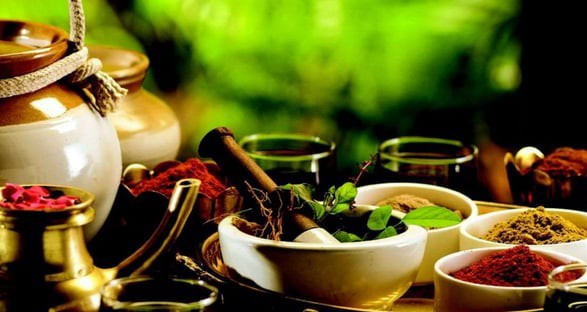Email: home@ayushline.com

Holistic health, holistic life

Holistic health, holistic life

Siddha medicines are traditionally classified into three broad categories based on their original composition-
Dravagam – This category includes medicines made from herbal ingredients. The Siddha system extensively uses plant-based medicines, and this category is the most commonly used one. The medicines in this category are further classified based on their taste, such as bitter, astringent, sweet, and sour.
Gauravam – This category includes medicines made from inorganic and mineral substances. Examples of substances used in this category include gold, silver, copper, and iron. The Siddha system believes that these substances have therapeutic properties and can be used to treat various diseases.
Jangamam – This category includes medicines made from animal products. Examples of substances used in this category include honey, milk, ghee, and bone. The Siddha system believes that these substances have medicinal properties and can be used to treat various ailments.
Each of these categories further has subcategories based on their composition and therapeutic properties.
Siddha medicines are also classified based on their potency, duration of use, and the part of the body they act upon.
Siddha medicines are classified based on their potency into three categories: mild (laghu), moderate (madhya), and strong (guru).
Laghu: These medicines are mild and suitable for everyday use. They are usually made from herbs, fruits, and vegetables and are used to treat minor ailments such as colds, coughs, and indigestion.
Madhya: These medicines are moderate in potency and are used to treat chronic conditions such as arthritis, diabetes, and high blood pressure. They are usually made from herbs and minerals and are taken under the supervision of a qualified Siddha practitioner.
Guru: These medicines are strong and potent and are used to treat serious illnesses such as cancer and heart disease. They are usually made from rare herbs and minerals and should only be taken under the guidance of a qualified Siddha practitioner.
Siddha medicines are also classified based on the duration of use into three categories: short-term (sukshmam), medium-term (madhyamam), and long-term (sthoolam).
Sukshmam: These medicines are used for a short period, usually a few days, to treat acute conditions such as fever, cold, and cough.
Madhyamam: These medicines are used for a medium period, usually a few weeks, to treat chronic conditions such as arthritis, diabetes, and high blood pressure.
Sthoolam: These medicines are used for a long period, usually several months, to treat chronic conditions such as cancer and heart disease.
Siddha medicines are also classified based on the part of the body they act upon into three categories: internal (antahkaranam), external (bahirkaranam), and both (sarvanga).
Antahkaranam: These medicines act on the internal organs such as the liver, kidney, and heart. They are usually taken orally.
Bahirkaranam: These medicines act on the external parts of the body such as the skin, hair, and nails. They are usually applied topically.
Sarvanga: These medicines act on both the internal and external parts of the body. They are usually taken orally and applied topically.
Overall, Siddha medicines are highly individualized and are tailored to each person’s specific needs and health conditions. That is why, it is important to consult a qualified Siddha practitioner before taking any Siddha medicine.